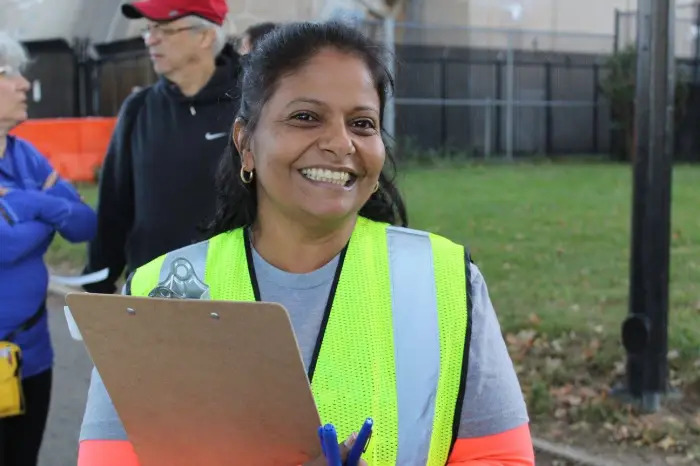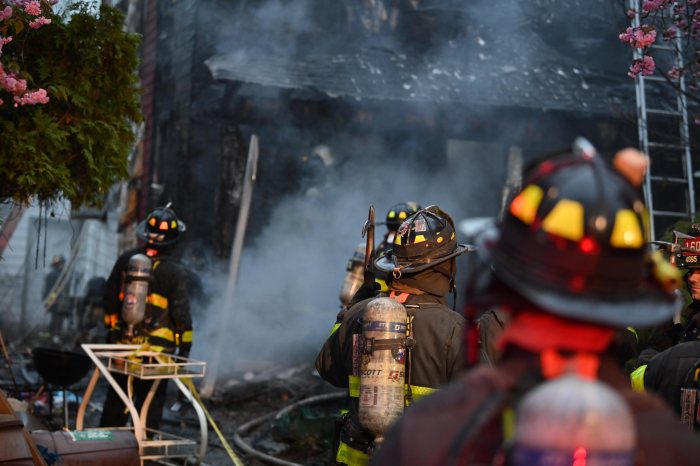Winter is on the way and it could shape up to be extra frigid in many parts of the country. AccuWeather.com has predicted the winter months at the end of 2012 and beginning of 2013 could be comparable to the extreme cold much of the country experienced in the late 1970s.
Humans aren’t the only ones who suffer in extreme cold. Your vehicle could struggle, too, unless you take steps to winterize it before cold weather arrives.
“Today’s cars and trucks are overall more reliable than ever before,” said Dan Woods, host and producer of Speed’s “Chop Cut Rebuild” series. “Still, certain systems in all vehicles are more susceptible to cold, snow and ice. It’s important to prepare those systems to handle colder weather.”
Woods, who grew up in Canada having spent many a day on treacherous roadways, recommends owners give these areas special attention when prepping their vehicles for winter driving:
* Tires – Rubber is a naturally durable material, but extreme cold can cause cracks that could lead to a blowout. What’s more, even the best quality tire can lose traction on ice or snow. Before cold weather arrives, inspect your tires to ensure they’re in good condition. Replace tires that are approaching the end of their usable life and consider purchasing “All Weather” or snow tires for colder climates. Throughout the winter, check the air pressure in all four tires. Cold weather causes the pressure to drop (a pound per square inch for every 10 degrees of temperature). Keep tires inflated to the pressure recommended in your vehicle’s owner’s manual.
* Visibility – Headlights, windshield and windows, wipers and wiper fluid all need to function correctly to ensure you have the best vision while driving. Check headlights to be sure they’re working properly and adjusted for optimum visual acuity. Keep headlights, windshields and windows clean of the dirty buildup that can occur when driving over salted or sanded roads. Likewise, check windshield wipers to ensure they’re in top condition and replace them if they’re worn. Check the wiper fluid level regularly and keep the tank full with winter fluid – not water. If your car becomes covered with snow and ice, always clear all windows completely before you begin driving. “Nothing’s worse than seeing a car zipping down the road with nothing but a little view hole in the ice on the windshield,” Woods said. “Not only is it dangerous for you in the car because it limits your ability to see, it’s dangerous for other cars on the road if a chunk of snow or ice flies off your vehicle and blinds another driver.”
* Battery – Cold weather can be hard on your battery. Before temperatures dip, check the battery posts and connections to ensure they’re free of corrosion. Check the water level in the battery (most batteries are closed systems and fluid cannot be checked), and if it’s an older battery, consider having a mechanic test its ability to retain a charge. “It’s also a good idea to carry jumper cables, even if your battery is fairly new,” Woods said. “You never know when cold weather will drain a battery, and those cables in your trunk could help someone else out of a jam.”
* Belts and hoses – Many of the belts and hoses in your vehicle’s engine are made of rubber, and extreme cold could lead to cracking, breaking and ruptures. Inspect all belts and hoses that you can – some may only be accessible to a professional with a lift – and replace any that are worn.
* Coolant system – The temperature outside may be cold, but your engine is still a hot spot that requires coolant in order to function. If your coolant is frozen in the radiator, however, it’s not going to do your engine much good. Add antifreeze to your system before the weather gets cold. Strive for a mix of half antifreeze and half water. You can check the mixture with an antifreeze tester. If the mix is off, have the cooling system drained and refilled.
Finally, says Woods, it’s important to winterize your driving habits to adjust for bad weather.
“Slow down in snow and ice,” he advises. “Don’t drive while distracted or impaired. Pay attention to the road, traffic conditions and your vehicle. Leave extra stopping room even if there is no visible snow or ice on the road. ‘Black ice’ cannot be seen and is common on bridges and exit ramps. Winterizing your vehicle and driving appropriately for weather conditions are the best ways to ensure you drive safely this winter.”
































